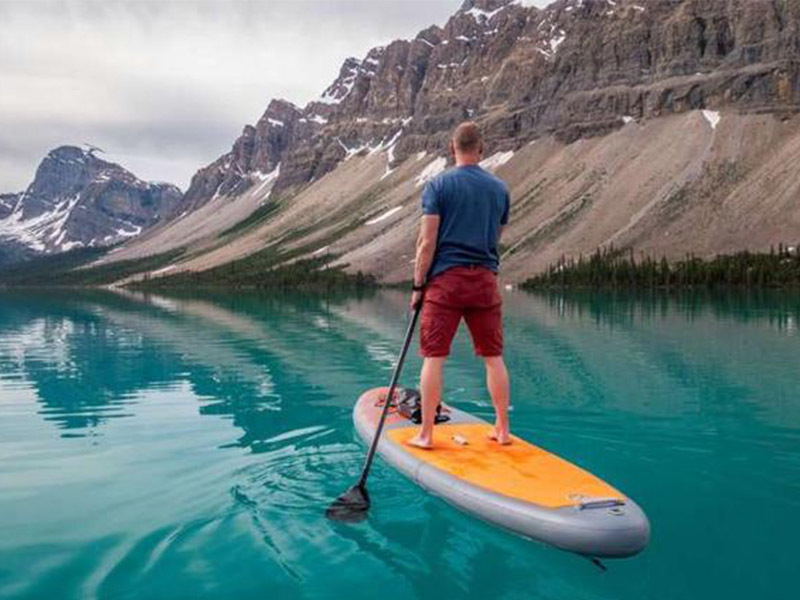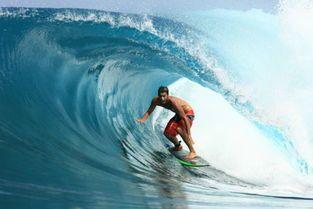News
5 ways to master a single-mouthed surfboard
2020-09-22

Ascent / PKS Media Inc. / Getty Images SUP2016 year, Kai Lenny won the Molokai 2 Oahu, a 32-mile open-water stand-up paddleboard race known as the challenging race in the world.
The 25-year-old repeated the process over the following year and, down 41 minutes from his record time-albeit on a board that was not officially recognized for the game-proved he was an elite-level cricketer.
While Lenny also competes as a professional surfer, windsurfer and kite surfer, he recommends standing up and paddling for everyone. "It's the best introduction to the world of water sports," he told Men's Journal. "The first time you play, you can do it."
To smooth the learning curve, here are five tips for him to become a legendary stand-up oarsman.

1. Get a strong enough board
"When you start a stand-up surfboard, the best thing you can do is make sure you get a big enough board," Lenny said. Unsurprisingly, bigger people need bigger boards (you can get one up to 14 feet). But in general, Lenny recommend a 10-foot-wide, 32-inch-wide circuit board that often doubles as a surfboard, too. As you progress, you can reduce the speed to get faster speed, and even consider tandem and teamwork.
2. Check your balance
Lenny believes anyone can go from a kid to a grandpa's paddle board: "It's the ocean's bike," he says, "and it's easy to ride it if you ride a bike for the first time."
The biggest obstacle to entry is balance, so if you're feeling nervous about your first ride, consider doing some dry-land training. Lenny also recommends that you start in a calm and flat place, such as a bay, lake or pond. Once you build up some confidence, then you can hit the killer expansion.
3. Make sure you can float
If you're out alone or out in open water, consider wearing wet clothes-especially if you're not boating in the warm Hawaiian waters. The flotation device is also a good idea; it's what Lenny does when he's surfing the big waves. Being a strong swimmer is also an advantage, so try some of these pool exercises before you pick up the paddle.
4. Be Ready to Accept
Although Lenny goes to the gym three times a week, mainly to prepare his shoulders, hips and knees, his favorite training regimen is paddling. "It reflects the feeling of the big wave," he said. "Your maximum heart rate is 215bpm; but when you play a race, your heart is always at 190bpm, so you're like red-line training for the whole race. It's a 32-mile sprint. Because you stand, paddle, and use your core for balance, the sport is a full body workout that also lights up your lungs.
5. Go to Open Water
The ultimate test for oarsmen is the open ocean. It requires not only strength and endurance, but also good eyes and a cool head. "You're riding these open ocean surfs and you're sprinting them to attack them," Lenny said." "Then, after you ride for a few seconds, you have to pop the next one."
As if having to plot a pitch with your heart beating and your shoulders blazing, the Molokai 2 Oahu game also ended with a full-blown sprint.
"So you bring these open ocean waves to this big bay called Portlock Hawaii Kay, and the last mile is straight winds. Usually everyone is next to you or grabs you. You're surrounded by the Pacific Ocean, but you're fifty feet away from your nearest rival. And it's just an all-out sprint. You're just grinding."
Key words:
Related News
Inflatable Surfboard Safety Guidelines
2023-12-04
5 ways to master a single-mouthed surfboard
2020-09-22







